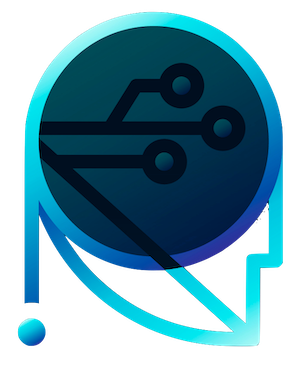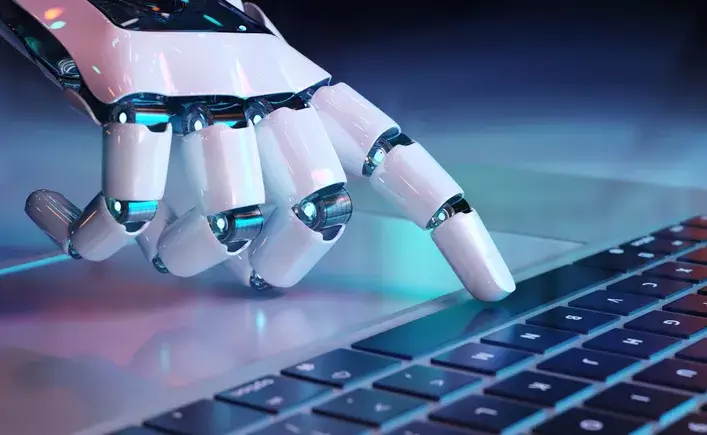In today’s rapidly evolving digital landscape, artificial intelligence (AI) is revolutionizing the way we create and consume art. From poetry to visual media, AI tools are now commonplace, enabling creators to push the boundaries of imagination. However, as we marvel at the possibilities of AI-generated art, a critical legal question looms large: Who owns the rights to these creations? This question strikes at the core of copyright law and its ability—or failure—to adapt to the technological advancements of our time.
The Ruling That Shook the Creative Community
In a landmark case, AI-generated poetry created by Stephen Thaler challenged the very foundation of copyright laws. Thaler argued for ownership and sought damages against the reuse of his AI’s work, only to face a unanimous decision by the Court of Appeals for the District of Columbia District. The court, backed by the Copyright Office, ruled that AI cannot be recognized as an author because it lacks human qualities—specifically, the essence of life and its associated rights of authorship. Judge Patricia Millett’s analysis bluntly reframed the landscape: “Because many of the Copyright Act’s provisions make sense only if an author is a human being, the best reading of the Copyright Act is that human authorship is required for registration.”
This ruling brings to light a critical observation about the frameworks governing creative expression. As machines increasingly contribute to the creative process, the question of human authorship becomes fraught with complexity. If art can emerge from algorithms, do we risk sidelining human creativity in favor of calculative outputs?
The Implications of AI on Creative Ownership
The ruling underscores a alarming truth: copyrighted works must originate from human authors, making it impossible for AI to hold legal rights over its creations. What does this say about our artistic landscape when we can no longer lay claim to art produced through AI? The repercussions stretch beyond individual creators—they spill over into entire industries. Artists, writers, musicians, and filmmakers who leverage AI tools in their work now find themselves devoid of the legal protections usually afforded to creators.
The U.S. Copyright Office has clarified that while AI outputs might be copyrightable in certain scenarios—where human input plays a significant role—the mere act of using AI as a tool does not suffice for ownership claims. As creative professionals, this ruling poses a serious challenge: when does the use of AI become more than mere facilitation, and when can it be considered co-creation? The line is murky, and the need for clarity has never been more urgent.
Potential Pathways for Change
Will copyright laws evolve to meet the demands of an AI-driven creative landscape? The answer remains elusive. However, the increased reliance of major corporations on AI, particularly in industries like film and music, could signal a shift in policy. One can only hope that as Hollywood studios explore the potential of AI, the pressing commercial interests may create a favorable environment for legal reform.
Lawmakers must consider a nuanced approach that acknowledges the intertwining of human creativity and AI innovation. Perhaps it is time to conceptualize a new model of authorship that recognizes both human and machine contributions, enabling a legal framework that protects artists while fostering creativity without borders.
The Call to Action for Creators
As individuals working at the intersection of art and technology, creators must stay vigilant. Understand that if you’re using AI tools solely to generate images or outputs without significant human intervention, you may not have any legal leverage over your work. This is a harsh reality that can dictate the future of artistic innovation. It is imperative that creators advocate for a reformation of copyright laws that empower rather than constrain.
The future of creativity cannot be dictated solely by restrictive legal interpretations. It calls for adaptive measures that reflect the reality of our times—a landscape where human artists and intelligent algorithms can coexist, collaborate, and thrive in unison.


Leave a Reply